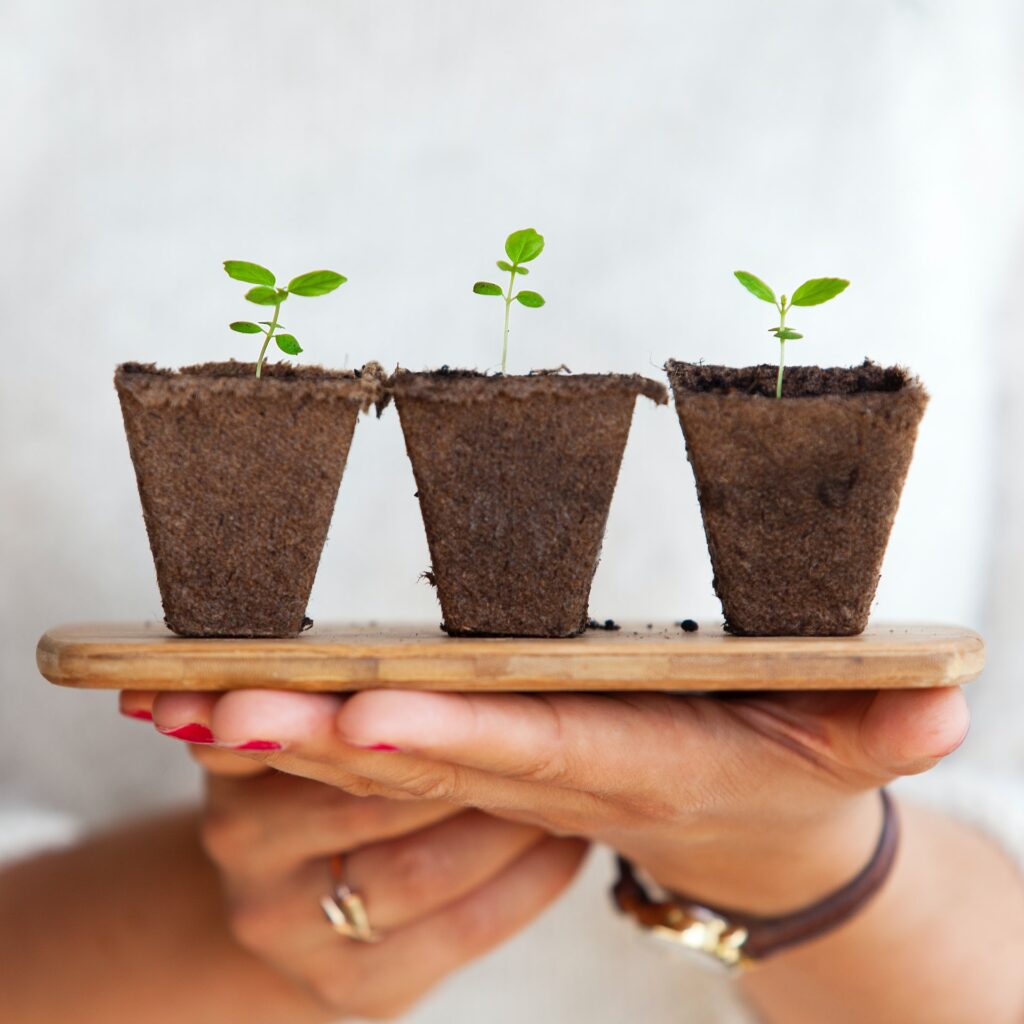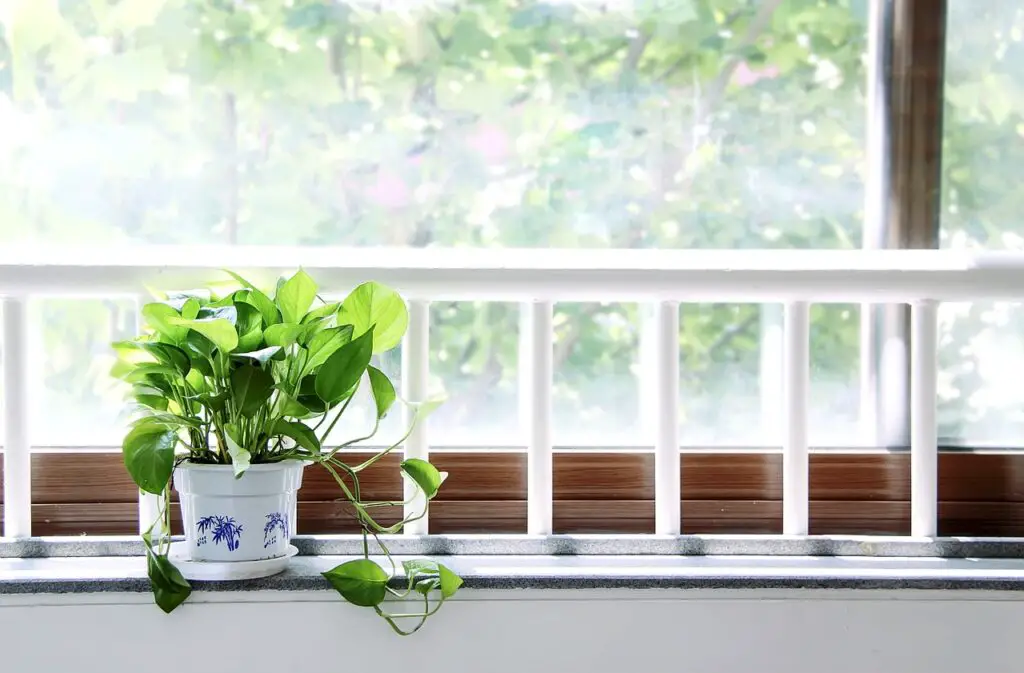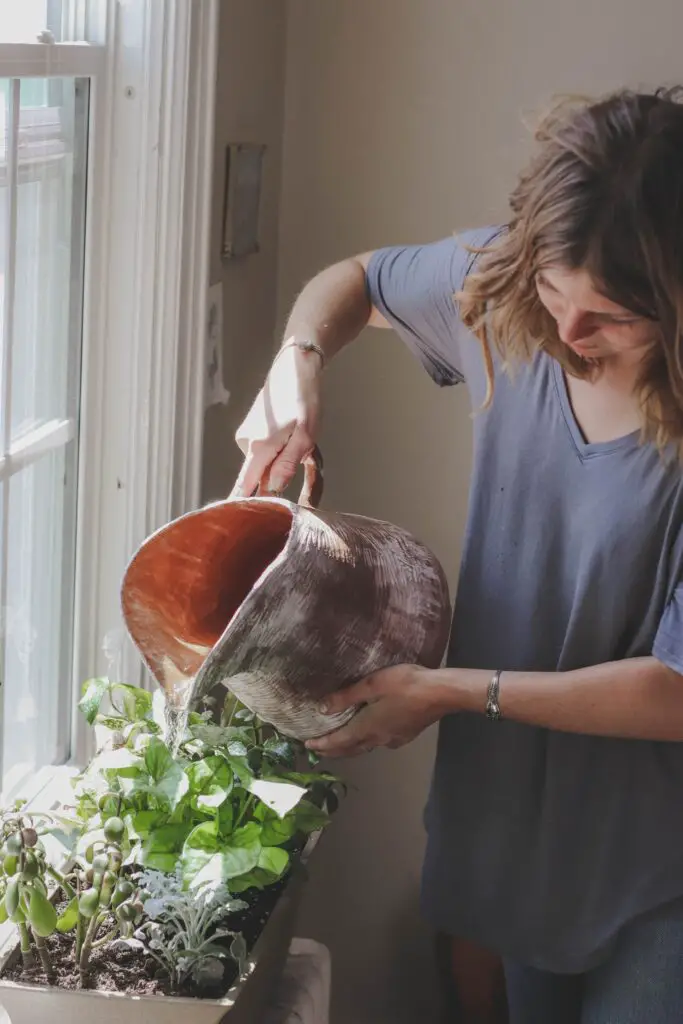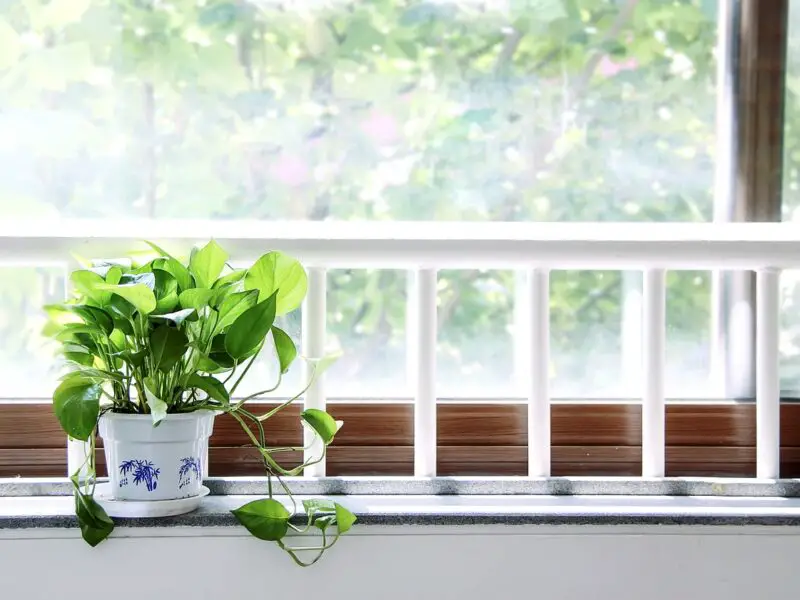This post may contain affiliate links. Please read the disclosure for more info.
If you’re anything like me, there’s hardly a dish that can’t be improved upon by some kind of fresh herb. Tacos, pasta, curries..it seems like all of the most delicious food becomes otherwise lacking without a fresh herb to bolden its flavor profile. Unfortunately, regularly buying fresh herbs can be pricey and what you do buy can go bad before you have a chance to use it. For many of us, herb gardens are a great solution.

However, for many of us not living in consistently temperate climates, short growing seasons mean outdoor herb gardens are only a possibility for a few months out of each year. Luckily, there is a way to enjoy fresh herbs all year long. Windowsill herb gardens are easy ways to not only add flavor to your food, but all also color to your home no matter the season.
Decide What To Grow
The first step in any kind of herb garden including your new indoor variety is determining what you’d like to grow. It can be tempting to push it and try to grow everything you can think of, but overwhelming yourself is almost always a recipe for disaster (no pun intended).
Instead, focus on two to three plants and add more once you’ve got a good handle on how to attend to and care for them.
Great indoor starter plants include kitchen favorites such as basil, cilantro, thyme, mint, or parsley. While each of these herbs may have slightly different care regimes, their needs are similar, and caring for a few from this list is not likely to feel like too much.
Pick The Right Location
One of the most important aspects of growing herbs inside is picking the right location. Just like their outdoor counterparts, indoor herbs demand abundant sunlight to thrive. Sticking your herb garden next to any old windowsill is unlikely to cut it, and will result in sad, rather flavorless plants. Instead, opt for the sunniest locations in your home. South facing windows often grab the most daylight, so this can be a good place to start.

If your home is lacking sufficient light, all is not lost! Grow lamps are affordable ways to ensure that your herbs can thrive, even if your space suffers from a chronic lack of sunlight. Pick them up at your local garden center, or online
Choose The Right Containers
Now that you’ve picked the right location and figured out your lighting, it’s time to check and make sure your plants are in appropriate containers. For the first few months, it may be fine to keep your plants in the pots in which they came or originally sprouted. However, as they grow and mature and their roots take off, it’s important to re-pot them as necessary. A good size for most growing plants has a depth of between 8 and 12 inches, and is at least 6 inches in diameter.
Of course, it is crucial that any container you use for planting is well equipped with proper drainage. Soil that can not drain completely can lead to root rot, overwatering, and the demise of your windowsill garden.
Try a Starter Plant
Growing plants from seed can be fun and satisfying. However, it can also be finicky and frustrating when the results aren’t what you’d hoped. The easiest way to begin your indoor garden is to purchase starter plants. Beginning this way allows you to choose healthy plants that have the best chance of doing well as they grow. It also cuts out the time you would other spend waiting for your seeds to (hopefully) germinate.
As mentioned, starter plants should be transplanted to larger, well draining containers as they grow to ensure they have enough room and proper moisture levels in order to thrive.
Water Accordingly
To water or not to water, that is the question. Even the most experienced houseplant parents can report at least one death at the hands of over or under watering. Herbs do not like excess water, and will revolt if you give them too much. As a good rule of thumb, allow the soil to dry up to an inch or two below the surface. When watering, make sure you continue until the water appears in the collection saucer at the base, and then pour this water off to ensure that it is not reabsorbed.

This is where good quality soil and ample drainage come into play. Make sure that your soil is not packed too densely, and avoid using garden soil in indoor planters.
Encourage Growth
Like your outdoor herbs, your indoor herbs need frequent trims in order to thrive. To encourage branching and new growth, make sure you are trimming your herbs every so often. Even if you are not using your trimmings in cooking, it is crucial that you do so, or your plants may become leggy or prematurely go to seed, rendering their flavor poor and your plant most useless in the kitchen.
If you find yourself up to your ears in fresh basil, try one of many great preservation methods out there. Freezing or drying fresh herbs lets you enjoy your harvest for longer, without the risk of them going bad in the fridge.
Don’t Overcomplicate Things!
Growing your own herbs inside is one of the best ways to ensure you are provided with fresh and flavorful meals all year long. But if this is your first venture into the world of windowsill gardens, don’t overdo it. Not only can you overwhelm yourself, but a bad first experience can put some people off the idea altogether.
By starting with just a few of your favorite plants, you can quickly provide your weekly meals with bold, fresh flavors and a new hobby that you and your family can equally enjoy.


 The Untold Truths About Hidden Costs of Home Ownership
The Untold Truths About Hidden Costs of Home Ownership
Leave a Reply